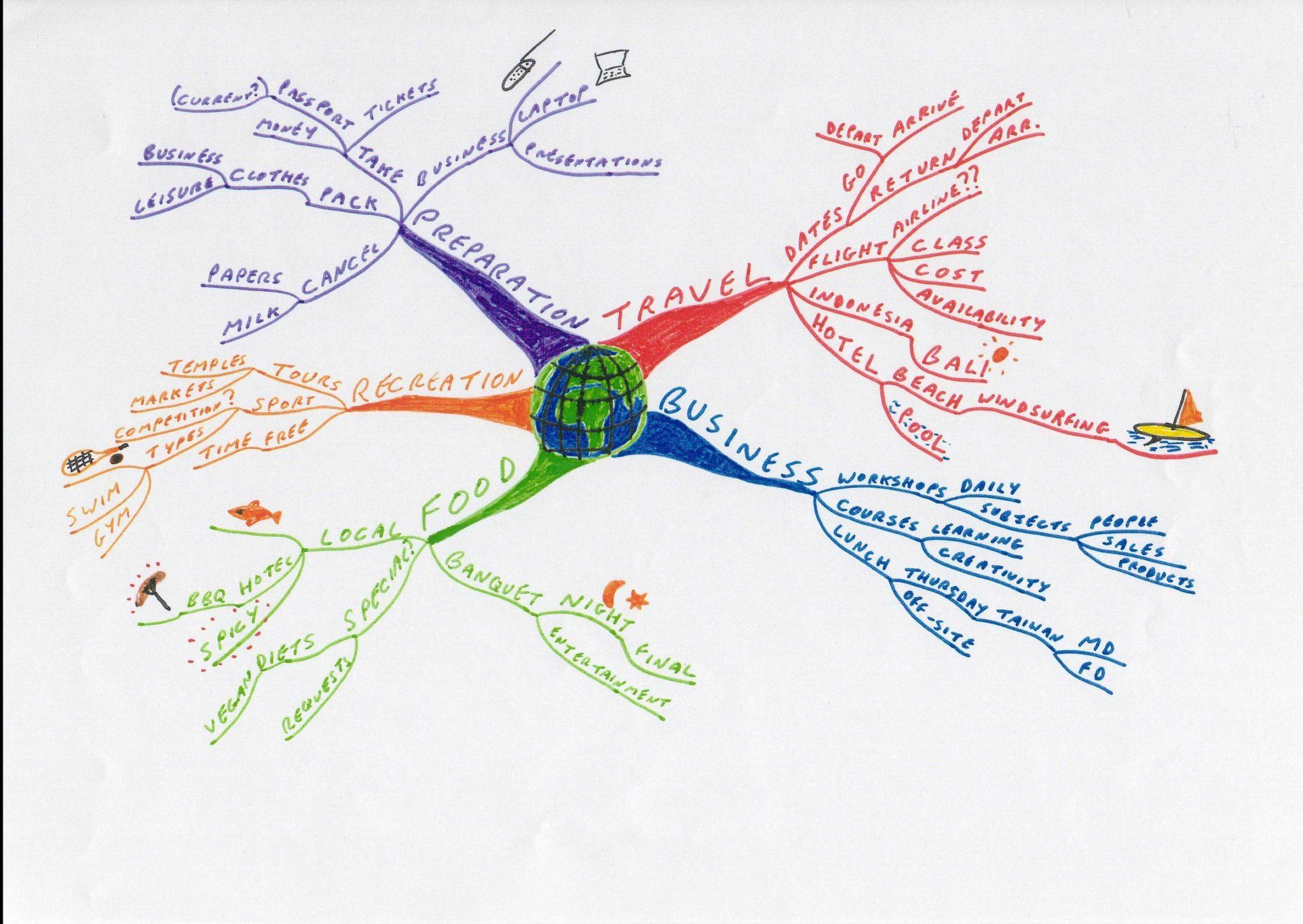Navigating the Divorce Mediation Process
Understanding Mediation
Divorce mediation is a process that allows divorcing couples to work with a neutral third party to come to mutually agreed upon terms for their divorce. Unlike a traditional divorce, which involves going to court and having a judge make decisions, mediation puts the power back into the hands of the couple. It is a voluntary process that can save time, money, and emotional stress.
Preparing for Mediation
Before entering the mediation process, it is important for both parties to prepare themselves emotionally and financially. It’s essential to approach mediation with an open mind and a willingness to compromise. Make a list of your priorities and non-negotiables, and be prepared to discuss these with your mediator and spouse. Gather all necessary financial documents, including tax returns, bank statements, and retirement account information, as these will be crucial to the negotiation process.
The Mediation Sessions
Mediation typically involves a series of sessions where the couple, along with the mediator, will discuss the various aspects of their divorce. This includes division of assets, child custody, and spousal support. It’s essential to approach these sessions with respect and a willingness to listen to each other’s perspectives. The mediator will help facilitate the discussion and ensure that both parties have an opportunity to express their needs and concerns.
Negotiating a Settlement
During the mediation process, the goal is to work towards a fair and equitable settlement that both parties can agree on. This often involves compromise and creative problem solving. It’s crucial to keep in mind the best interests of any children involved and to focus on finding solutions that will work for everyone in the long term. Remember that mediation is about finding common ground and moving forward in a positive and constructive manner.
Finalizing the Agreement
Once a settlement has been reached, the mediator will help draft the agreement, which will then need to be reviewed by both parties and their respective attorneys. It’s crucial to have a thorough understanding of the terms of the agreement and to ensure that it aligns with the best interests of everyone involved. Once the agreement has been finalized and signed, it will be submitted to the court for approval, at which point it becomes legally binding. Supplement your study with this recommended external source. Investigate supplementary data and fresh viewpoints on the subject addressed in the piece. Click for additional information about this topic, dive deeper into the subject.
In conclusion, the divorce mediation process can be a highly effective and empowering way to navigate the complexities of divorce. By approaching the process with honesty, openness, and a commitment to finding common ground, couples can work towards a settlement that meets the needs of everyone involved. Remember that mediation is about collaboration, respect, and moving forward in a positive and constructive manner.
Access the related links to explore different perspectives:
Delve into this in-depth article
Find more details in this comprehensive guide






